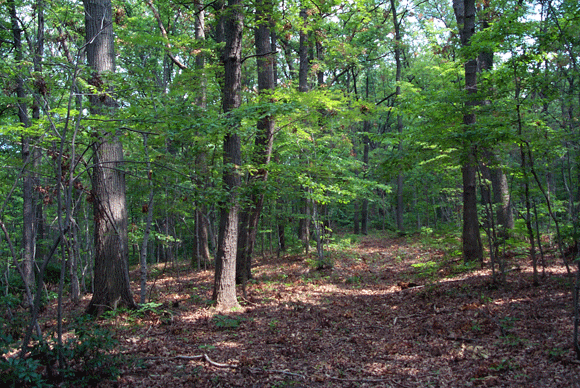
NPS Monitoring Natural Resources: Forts to ForestsFort parks are not only places that tell a national story; they also play valuable ecological roles in an urbanizing landscape. Like the other parks of the National Park Service they are home to wildlife and native plants and host a variety of valuable natural resources. In order to help look after natural resources in our region and to provide accurate and scientifically sound information on park ecosystems, the NPS initiated the National Capital Region Network Inventory & Monitoring (NCRN I&M) program. Every year NCRN I&M field crews gather hundreds of observations at sites spread from Prince William Forest Park in the south to Harpers Ferry in the north, in order to provide information that helps park staff with planning, management, and interpretation. Since 2006, NCRN I&M has monitored sites at Fort Dupont and the Hiker-Biker Trail and sites near Fort DeRussy to assess the condition of forest vegetation, white-tailed deer and forest birds. HabitatsThe ridges and stream valleys, and their associated geology, hydrology and soils create diverse natural habitats. As protected parkland, many of the sites have survived urbanization, and have been important as sanctuaries for many native plant and animal species. Largely dominated by forests, including some of the oldest and most impressive in and about the federal city, the Civil War Defenses of Washington sites contain wildflowers, shrubs and trees, as well as song birds, reptiles and amphibians, and many species of mammals. There are also meadows, transitional (from grassland to forest), and wetland areas that add to the variety of species present by providing those specialized environments. Species ChecklistSelect a Park:Select a Species Category (optional):
Search results will be displayed here.
|
Last updated: May 29, 2020
